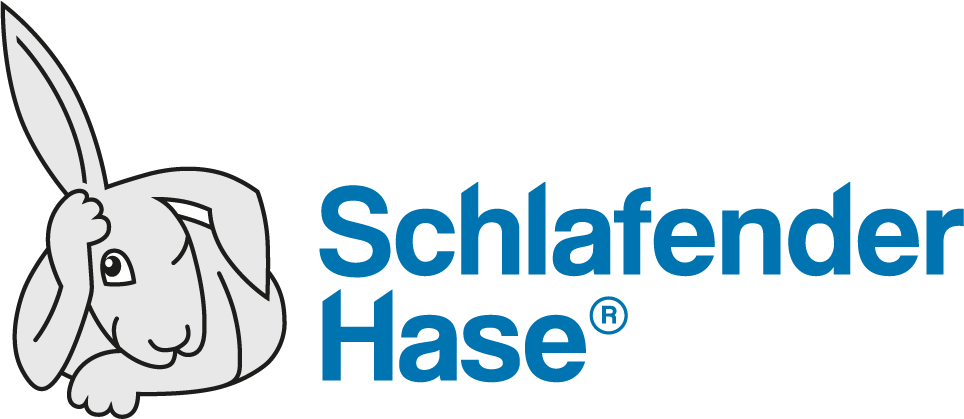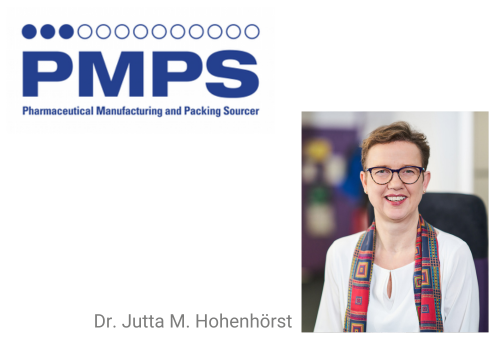November 5, 2024
Schlafender Hase Team
The Rise of Regulation: Can Compliance Strategies Keep Up?
Regulatory scrutiny of medical devices is increasing across developed economies to keep patients safe and maintain public confidence.
- November 5, 2024
- By: Mike Baird
4 minutes read
The Rise of Regulation: Can Compliance Strategies Keep Up?
Regulatory scrutiny of medical devices is increasing across developed economies to keep patients safe and maintain public confidence.










